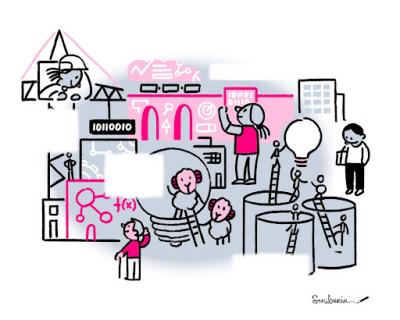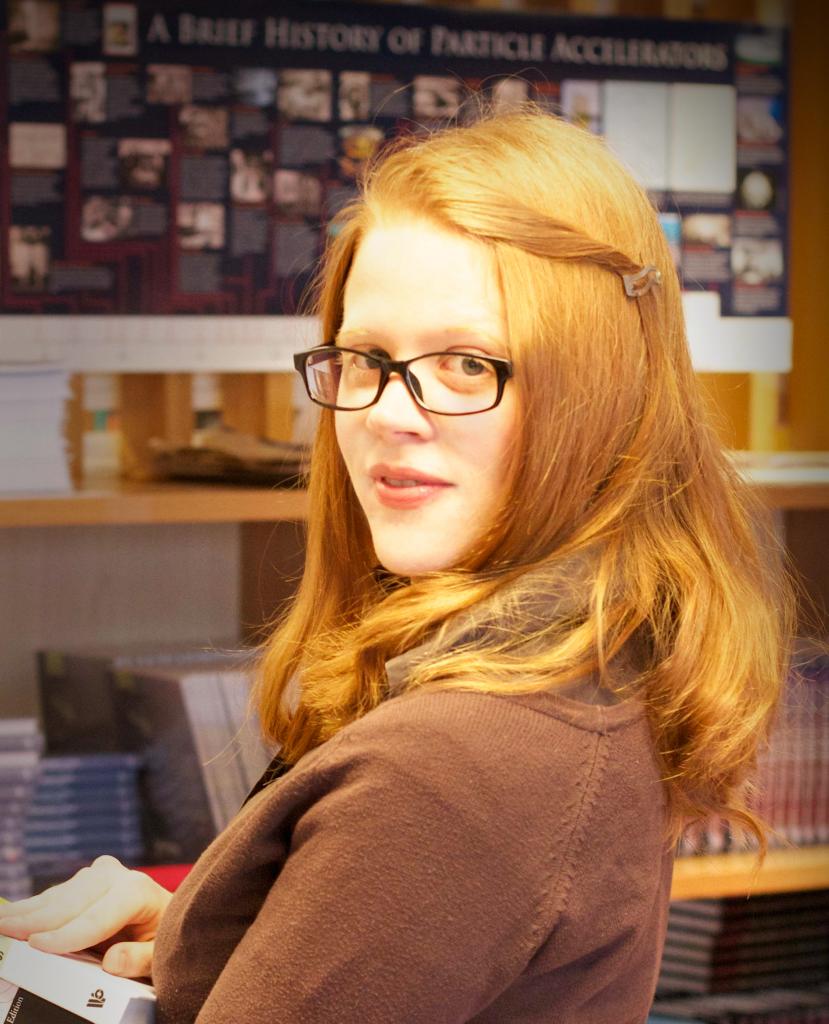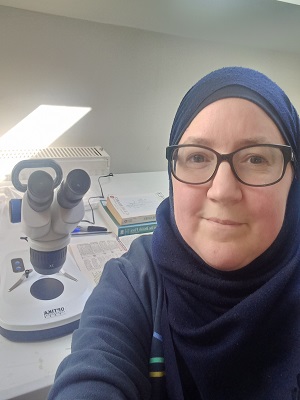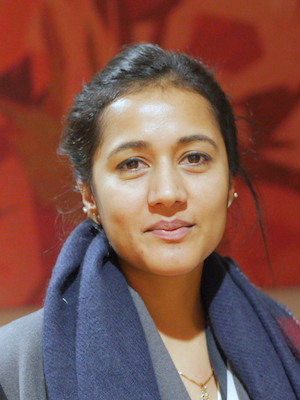How to be more GLAM-RS
Posted on 20 July 2022
How to be more GLAM-RS
 Created by Scriberia for The Turing Way community.
Created by Scriberia for The Turing Way community.CC-BY 4.0 licence.
Support needed for Research Software (RS) sustainability in the Galleries/Libraries/Archives/Museums (GLAM) sector.
By Patricia Herterich, Jez Cope, Achintya Rao, Emma Karoune and Malvika Sharan.
This blog post is part of our Collaborations Workshop 2022 speed blog series.
Four years ago, Fobazi Ettarh captured the idea of “vocational awe” in librarianship, a pervasive belief that “libraries as institutions are inherently good, sacred notions, and therefore beyond critique”. This belief in librarianship (and more widely, work in Galleries, Libraries, Archives & Museums: the GLAM sector) as a sacred calling has wide-ranging consequences, including a tendency to downplay our contribution to research. One area where this creates problems is in support for research software and digital methods in cultural heritage organisations: the already vital role played by staff in the sector is not well understood, and this, in turn, makes it hard to justify recruiting and re-training people to further improve support.
In this post we discuss the skills and experience GLAM professionals bring to the research process as partners, along with the barriers to making better use of these skills, and we propose some possible ways to address these to everyone’s benefit.
Unglamourous present
Galleries, Libraries, Archives and Museums have long been essential to the research lifecycle.
GLAM institutions recognise the importance of their digital collections and their potential use for data science: Digital Humanities has been a growing discipline, and increasingly, projects add explicit roles for data curation and research software engineering to their project teams. However, adding already-existing GLAM staff pro rata to grant proposals, as is now more common with Research Software Engineers for example, is still unusual.
Research funders (especially AHRC in the UK) have identified this as an area in need of support and created dedicated funding calls for collections (such as the ‘Towards a national collection – opening UK heritage to the world’ programme) and professional fellowships for staff (for example the AHRC-RLUK Professional Practice Fellowship Scheme for academic and research libraries), but these initiatives are exceptions rather than the norm. Discussions have also started around the Technician Commitment and how the principles outlined therein could apply to people working in GLAM organizations.
For institutions that curate and showcase human knowledge and culture, the GLAM sector lacks the resources necessary to highlight current support for researchers as well as capacity to expand on current efforts. There is also a need to enable more practice-driven research, as tools that GLAM staff are currently provided or familiar with are not necessarily the ones most suited for digital humanities research.
Finally, senior roles for technical experts are also rare as career progression in GLAM institutions is generally tied to managing staff, projects or budgets, and advanced technical skills are not valued in the same way.
Becoming more GLAM-RSE
Addressing the present challenges requires several stakeholders. To begin, librarians and other GLAM staff themselves need to become more confident in their skills, request acknowledgements and make their contributions more visible.
Researchers should see support staff as equal collaborators and ensure their expertise is explicitly included in the creation of grant proposals.
Institutions should encourage and reward collaborations between researchers, RSEs and GLAM professionals and raise awareness for the skills and expertise they offer. Reflecting on the resounding success of the RSE movement, improving job titles and creating multiple job profiles may lead to a positive change by justifying the skills they offer, as well as providing some pathways for future career progression. For instance, research support librarians, data stewards, information management professionals, software development support (packaging, release, versioning and citation) can convey different skills and the kind of support they can be recognised for and offer to others.
Funders should ensure that domain-specific funding calls are designed with librarians as principal investigators or co-investigators in mind. For non-dedicated grants, funders should make stronger recommendations for GLAMs as partners in research projects with a motivation to ensure that research outcomes are built on best practices and shared as well as archived for reusability beyond the research.
Conclusion
In this post, we have highlighted two main areas of improvement:
1. fair recognition for librarians and other GLAM staff’s roles throughout the research life cycle, and
2. creating stronger institutional support for career progression within GLAM.
We have also outlined suggested actions that various stakeholders can take to recognize the expertise and contributions of GLAM staff to research, so please get in touch with your local librarian or archivist and have a chat!




